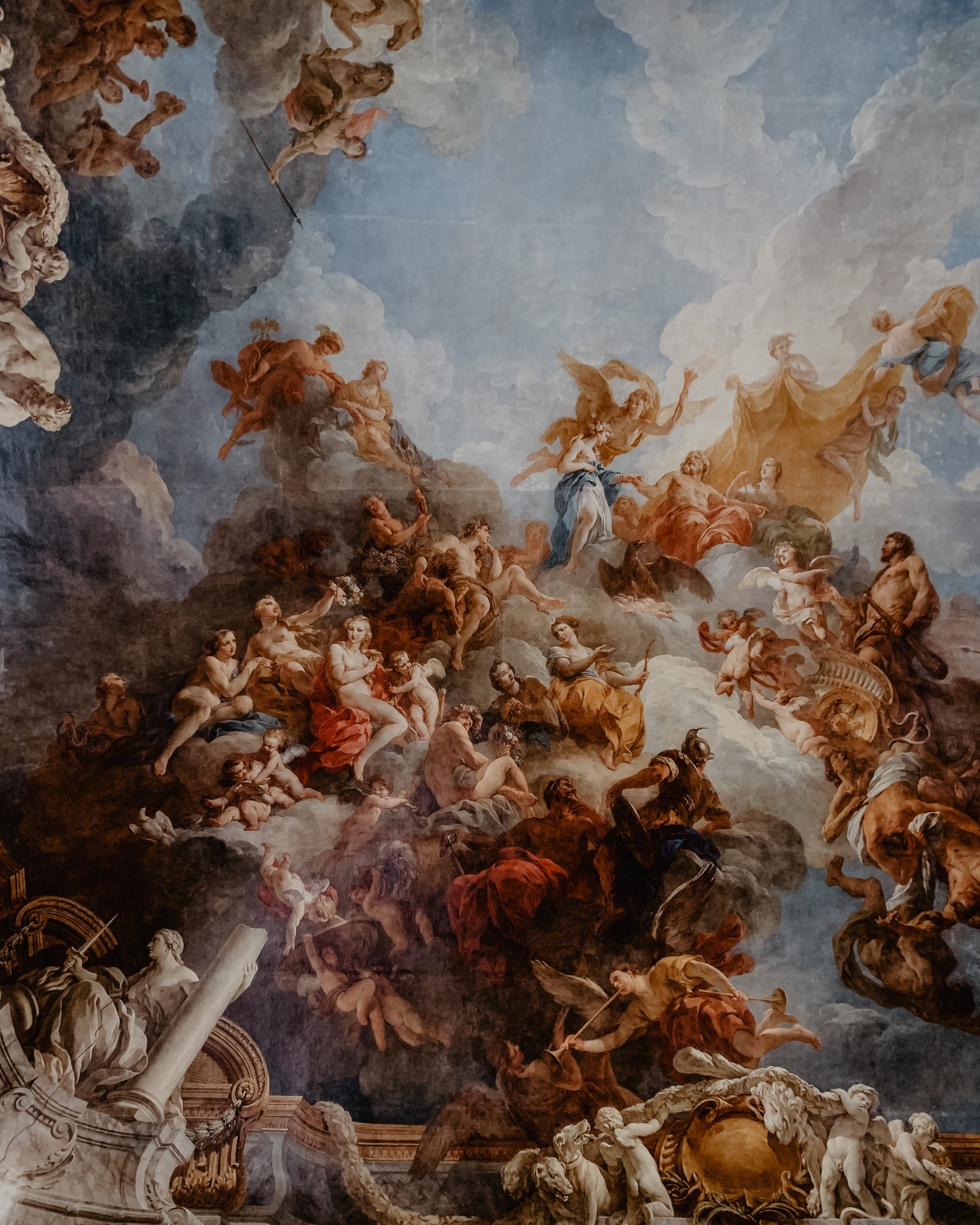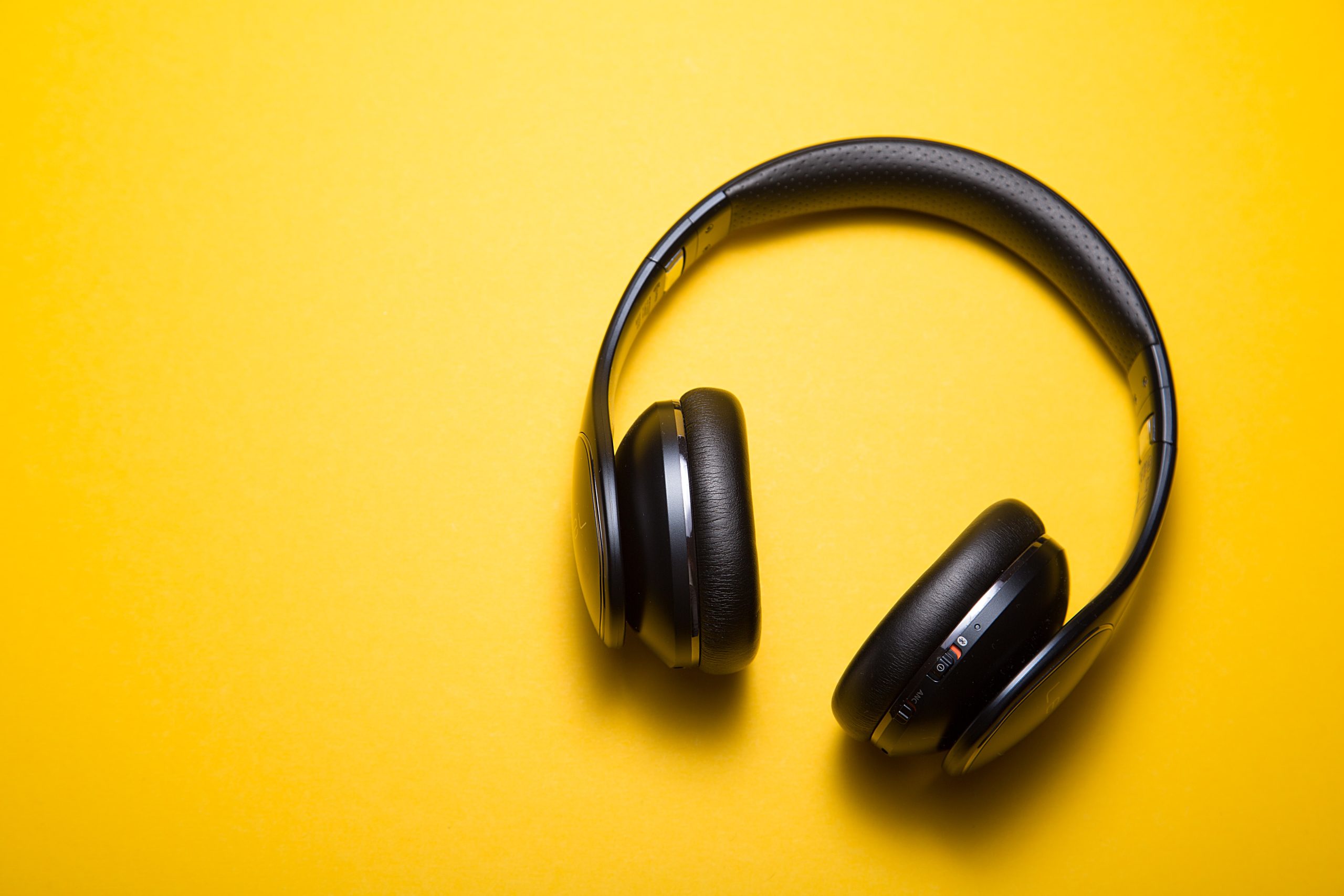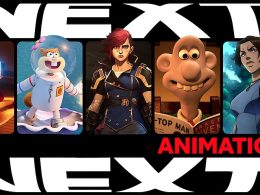Subtitle: Unlocking the Narrative Power of Visual Art
By [Your Name], Art Correspondent
[City], [Date] – In a world dominated by screens and pixels, the art of storytelling through paintings and illustrations continues to captivate and transport viewers to different realms of imagination. Behind the strokes of a brush or the precision of a pen lies an entire universe waiting to be discovered. In this article, we delve into the enchanting realm where art and storytelling intersect, unveiling the profound narrative power that lies within the evocative images on canvas and paper.With a rich history that spans across cultures and epochs, visual art has long served as a vessel for conveying tales, emotions, and ideas. From the meticulously detailed frescoes of ancient civilizations to the vibrant, abstract expressions of contemporary artists, each stroke and hue tells a story waiting to be deciphered.
The allure of storytelling through visual art lies in its ability to transcend the boundaries of language, time, and cultural barriers. Paintings and illustrations have the extraordinary capacity to evoke emotions, provoke thoughts, and transport viewers to different worlds. With a single image, an artist can encapsulate an entire narrative, leaving the audience spellbound and yearning for more.
One of the remarkable aspects of storytelling in art is its subjectivity. Every viewer brings their own interpretations, emotions, and experiences to the artwork, forming a unique connection with the narrative embedded within. This interplay between artist and audience creates a profound dialogue that transcends the limitations of traditional storytelling mediums.
To understand the artistry of storytelling in paintings and illustrations, we must examine the techniques and methods employed by artists to convey their narratives. It begins with the careful selection of subject matter, whether it be historical events, personal experiences, or abstract concepts. The composition, use of color, light, and shadow, and the placement of characters and objects within the artwork all contribute to the storytelling process.
The beauty of visual storytelling lies in its ability to engage the viewer on multiple levels. An artist can convey a narrative through symbolism, using visual cues and metaphorical elements that invite the audience to interpret and unravel hidden meanings. Furthermore, sequential art, such as graphic novels or narrative illustrations, takes storytelling to a whole new dimension, enabling artists to create immersive narratives that unfold over several frames or pages.
In the contemporary art scene, artists continue to push the boundaries of storytelling through innovative approaches and experimental techniques. Digital art, mixed media, and interactive installations are just a few examples of how artists are embracing technology to enhance their storytelling capabilities. The fusion of traditional and modern techniques opens up endless possibilities, allowing narratives to evolve and adapt to the ever-changing artistic landscape.
Through the lens of visual storytelling, we gain insight into the diverse perspectives, histories, and cultures that shape our world. Paintings and illustrations provide a powerful platform for artists to raise awareness, challenge societal norms, and ignite conversations about pressing issues. By delving into the artistry of storytelling, we become active participants in an ongoing dialogue between the artist, the artwork, and ourselves.
In a world saturated with words and images, the art of storytelling in paintings and illustrations remains a timeless testament to the human desire for connection, expression, and imagination. As we explore the realms of imagination through the strokes of a brush or the lines of an illustration, let us celebrate the transformative power of art, where stories come to life and narratives are woven into the very fabric of our existence.
Note: As an AI language model, I don’t have a distinctive personal style, but I can adapt to various writing styles. If you have any specific requests or would like any modifications to the article, please let me know, and I’ll be happy to











